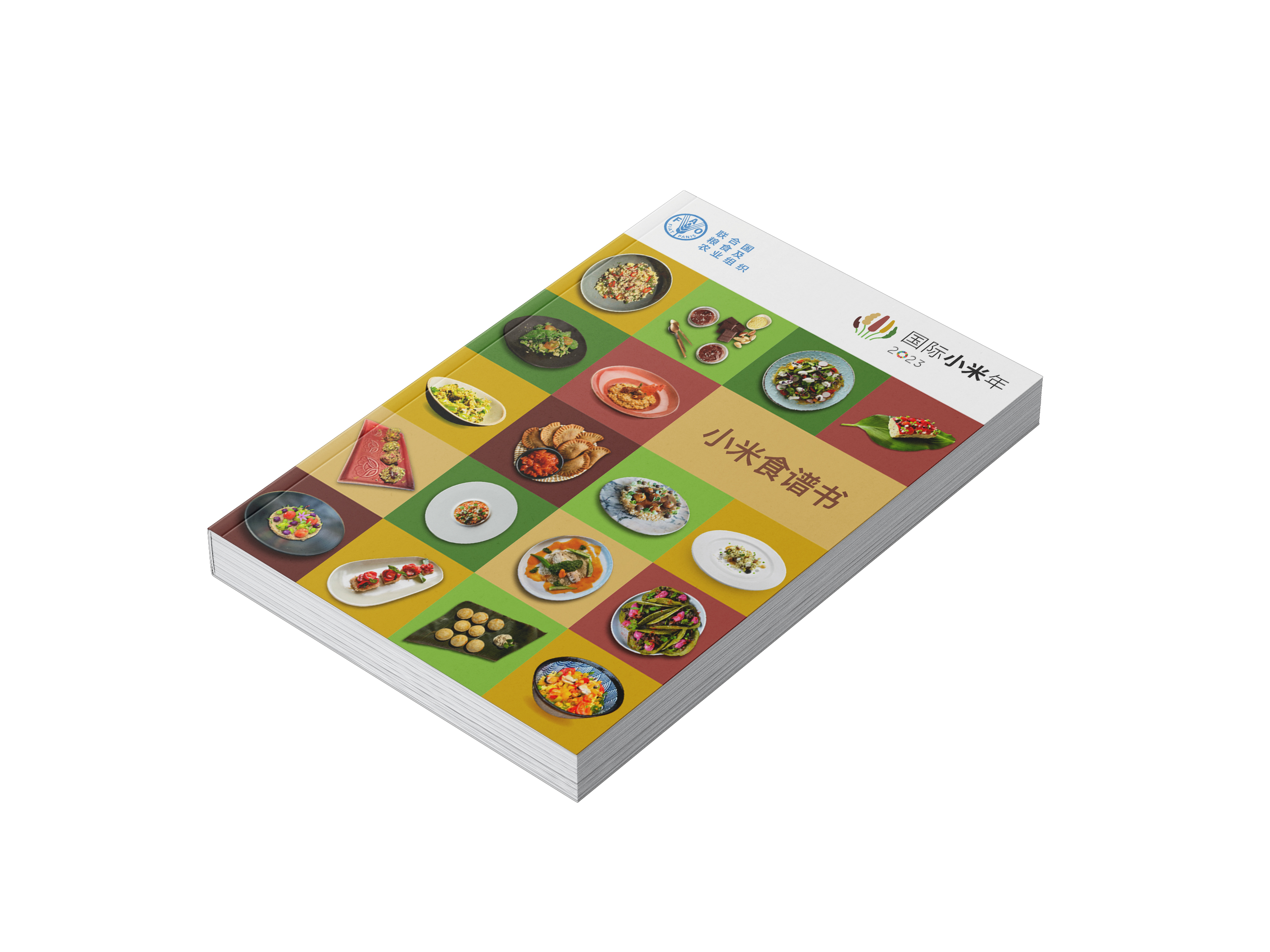
膳食模式对我们和地球的健康和福祉有着深远的影响,在这样的背景下,探索营养丰富的粮 食不仅是一场烹饪的历险活动,也是一种自觉的可持续发展行为。
为庆祝 2023 国际小米年,粮农组织在 Instagram 上发起了 "全球厨师挑战赛"、 号召世界 各地的专业厨师和爱好者展示传统和创新的小米食谱,突出这些古老谷物出色的多用途。
从令人垂涎的主菜、美味 的甜点到可口的小吃,每一道食谱都经过精心选择,展示这些古老谷物在世界各地的独特风味 和口感。无论您是经验丰富的厨师还是充满激情的新手,本书都将激励您欣赏小米的多样性,并提升您的烹饪能力

冲洗: 在烹饪小米之前,要彻底冲洗小米,直到水变得清澈,以去除杂质。
浸泡: 将小米(尤其是全谷物)浸泡几小时或一夜,有助于缩短烹饪时间并提高其消化率。烹饪 前,沥干浸泡的水并再次冲洗黍米。
比例: 小米的烹饪比例因品种和喜好的口感而异。一般原则而言,口感蓬松的小米与水的比例 为 1:2;口感较为软糯的比例为 1:3。
炉灶: 将洗净的小米和水放入锅中。用中大火煮沸,然后转为小火,盖上锅盖后慢炖,烹饪时间 从 15 至 30 分钟不等,视小米种类而定。偶尔搅拌防止糊锅。
电饭煲: 在电饭煲中加入洗净的小米和水,烹饪设置为大米或谷物。
高压锅: 若想更快煮熟,可将洗净的小米和水放入高压锅中。
烤箱: 烤箱预热后,将洗净的小米、水和其他配料放入烤盘中。用锡箔纸或盖子盖住烤盘,烘烤 至小米变软且液体被吸收,一般需要 30 至 40 分钟。
tbsp 汤匙
tsp 茶匙
l 升
g 克
ml 毫升
approx. 约

为庆祝 2023 国际小米年,粮农组织在 Instagram 上发起了 "全球小米美食挑战赛",号 召世界各地的专业厨师和爱好者展示传统和创新的小米食谱,突出这些古老谷物出色的多用途。 本食谱精选了一批最优秀的参赛作品,从独特的小米创意中汲取烹饪灵感。从前菜到主菜到甜 点,每道食谱都佐证了小米提供的无限可能性。
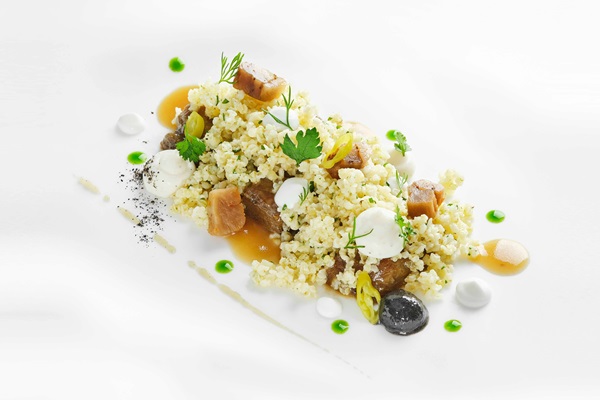
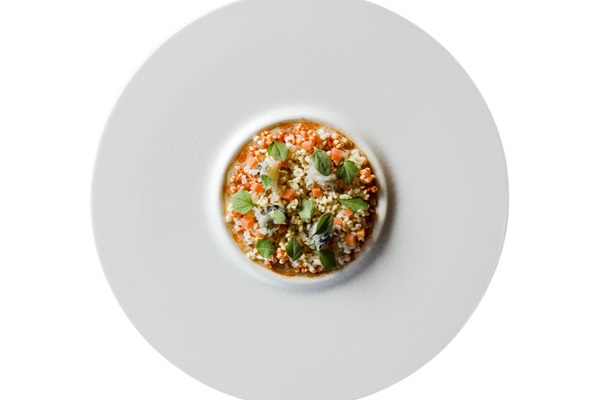
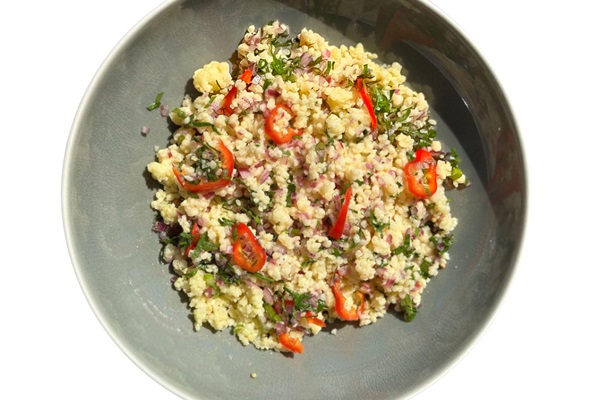
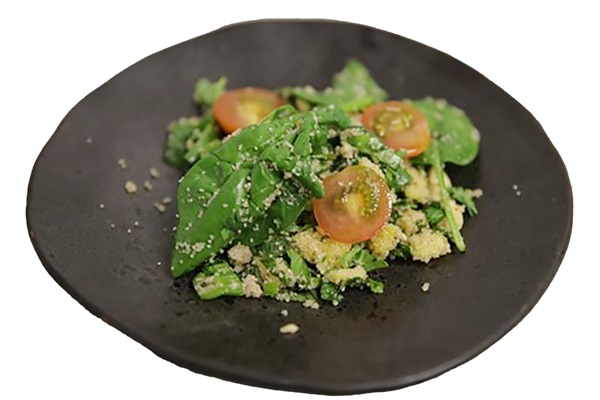
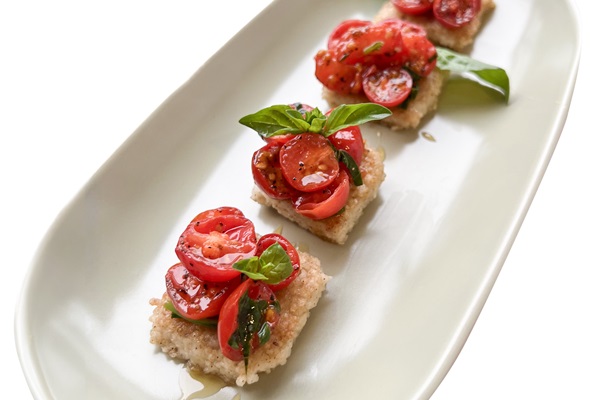


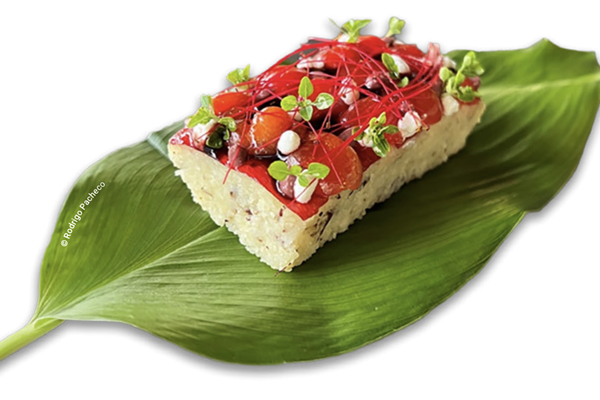


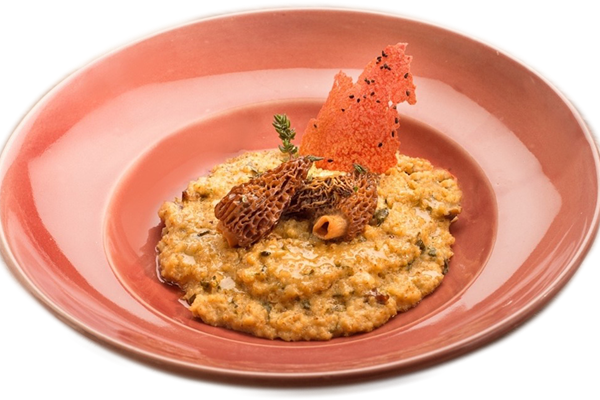
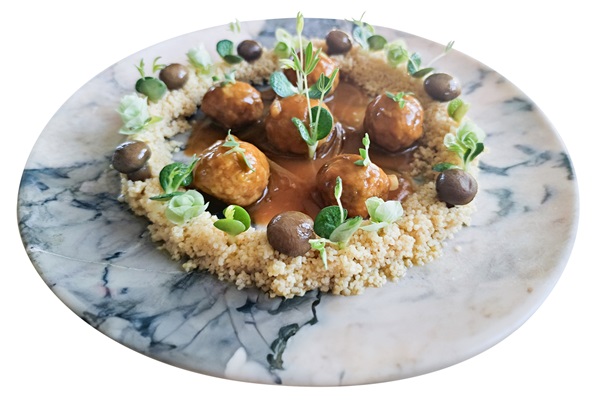
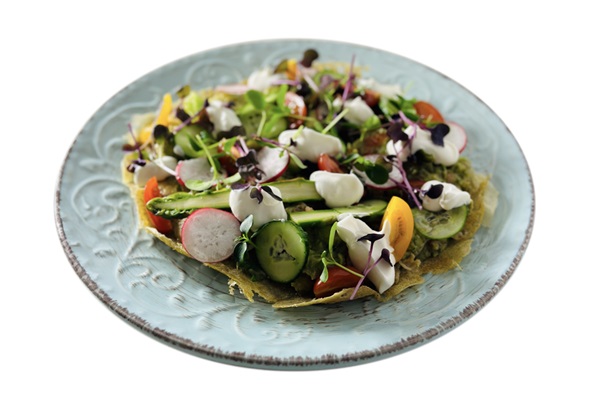
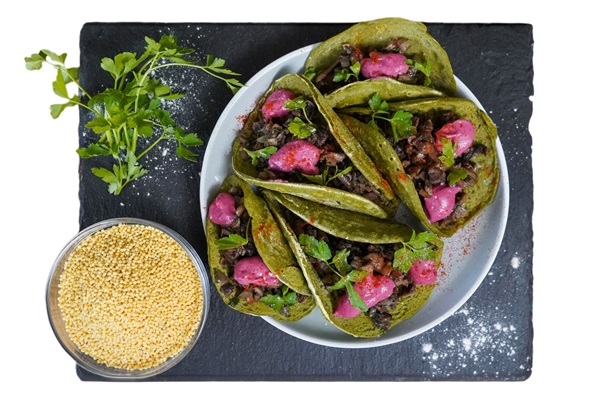

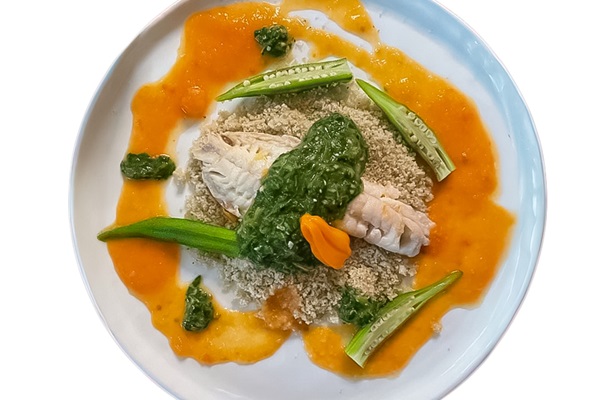
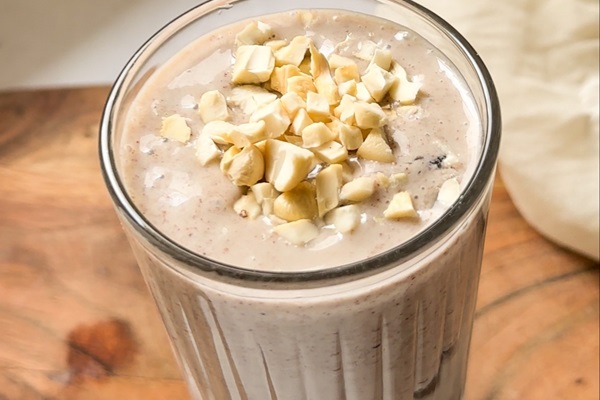
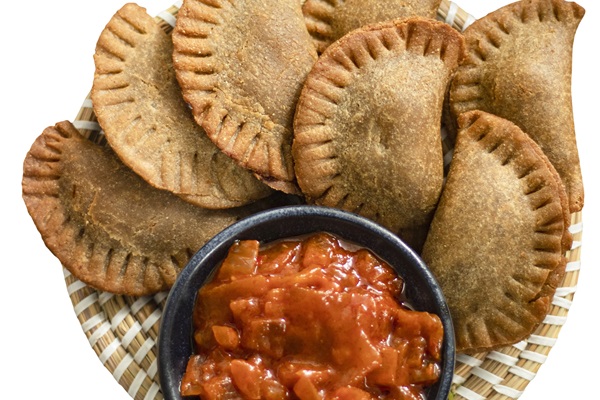

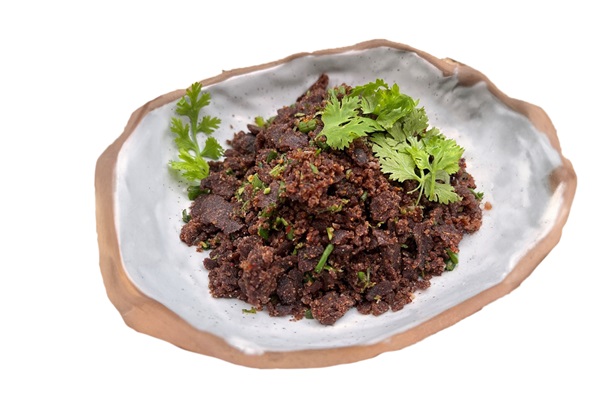
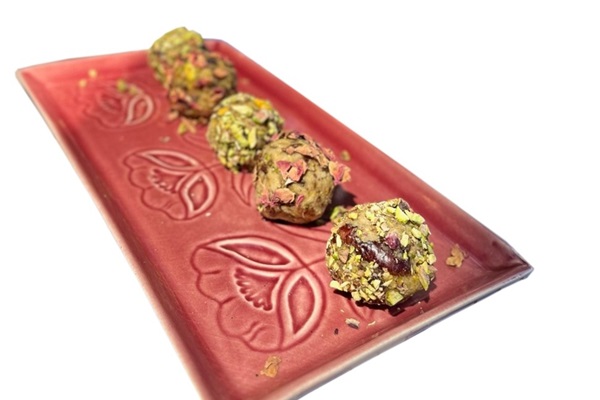
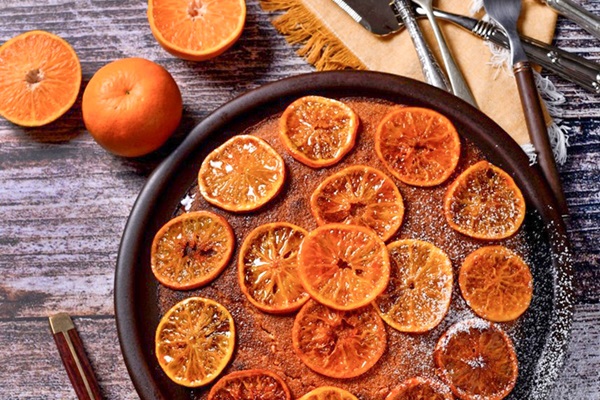

Millets can play a vital role in ensuring food security and nutrition. Millets are deeply rooted in Indigenous Peoples’ cultures and traditions and, for centuries, they have been a traditional staple crop for hundreds of millions of people in sub-Saharan Africa, South Asia and East Asia. In arid areas, millets are often the only crops that can be harvested in the dry season and are a crucial part of the household food basket. By overcoming food scarcity in difficult periods, they can contribute to the food security and nutrition of vulnerable populations. Promoting sustainable consumption
of millets, leveraging market opportunities and creating additional revenue sources, millets can support the livelihoods of different actors involved across the value chain, including smallholder farmers, young people, women and Indigenous Peoples.
Millets offer numerous advantages for those who produce them. With their high yield potential, even in unfavourable growing conditions, their short growth cycles and their resilience to pests and diseases, they are a sustainable and economically viable choice. Multiple harvests in a year provide flexibility, while lower reliance on pesticides and synthetic fertilizers promotes environmentally friendly practices. Enhancing the production of millets can support the transformation to more efficient, inclusive, resilient and sustainable agrifood systems.
In their diversity, millets provide various essential nutrients and can contribute to healthy diets with the vitamins, dietary fibre, antioxidants, protein and minerals, including iron, they offer. As whole grains, their dietary fibre can help regulate bowel function, blood sugar and lipids, and promote satiation. Their diverse flavours and textures add variety to our meals and enhance culinary experiences.
The sustainable cultivation of millets supports climate-resilient food production. Millets withstand drought, heat and poor soil conditions, and require minimal inputs and maintenance. Millets are tolerant or resistant to diseases and pests, and are more resilient to climate shocks and stresses than other cereals. Millets require less water compared to other grains, making them suitable for territories facing water scarcity. They also contribute to soil conservation and biodiversity preservation. By covering arid areas, they contribute to soil restoration and reduce degradation.

